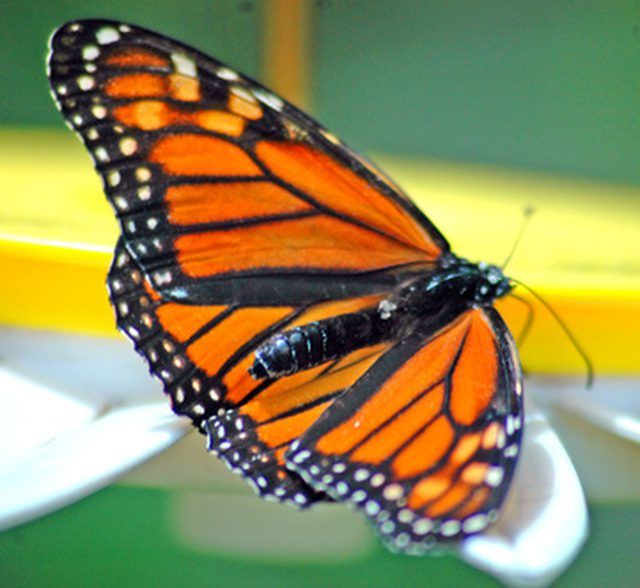Bulbs
Flower Basics
Flower Beds & Specialty Gardens
Flower Garden
Garden Furniture
Garden Gnomes
Garden Seeds
Garden Sheds
Garden Statues
Garden Tools & Supplies
Gardening Basics
Green & Organic
Groundcovers & Vines
Growing Annuals
Growing Basil
Growing Beans
Growing Berries
Growing Blueberries
Growing Cactus
Growing Corn
Growing Cotton
Growing Edibles
Growing Flowers
Growing Garlic
Growing Grapes
Growing Grass
Growing Herbs
Growing Jasmine
Growing Mint
Growing Mushrooms
Orchids
Growing Peanuts
Growing Perennials
Growing Plants
Growing Rosemary
Growing Roses
Growing Strawberries
Growing Sunflowers
Growing Thyme
Growing Tomatoes
Growing Tulips
Growing Vegetables
Herb Basics
Herb Garden
Indoor Growing
Landscaping Basics
Landscaping Patios
Landscaping Plants
Landscaping Shrubs
Landscaping Trees
Landscaping Walks & Pathways
Lawn Basics
Lawn Maintenance
Lawn Mowers
Lawn Ornaments
Lawn Planting
Lawn Tools
Outdoor Growing
Overall Landscape Planning
Pests, Weeds & Problems
Plant Basics
Rock Garden
Rose Garden
Shrubs
Soil
Specialty Gardens
Trees
Vegetable Garden
Yard Maintenance
What Is the Difference Between Male & Female Monarch Butterflies?
What Is the Difference Between Male & Female Monarch Butterflies?. When you see a Monarch butterfly, it's plausible you have no idea whether it is male or female. You realize, too, that a cursory look at a butterfly won't give you enough information to figure it out. If you are discerning, though, you can determine a Monarch’s sex by looking...

When you see a Monarch butterfly, it's plausible you have no idea whether it is male or female. You realize, too, that a cursory look at a butterfly won't give you enough information to figure it out. If you are discerning, though, you can determine a Monarchís sex by looking at its wings, abdomen, color or size.
Abdomen shapes differ
The Monarchís abdomen is in its tail section and divided into eleven portions, which house their genitalia and other organs. Females have a groove on the bottom side of their abdomen, while males donít.
Claspers
Claspers are armlike extensions on the rear section of the maleís abdomen. They're used to clasp the femaleís abdomen while mating. Females donít have claspers.
Wings
A Monarchís wings remain the same size from birth to death, with the maleís wings larger and having more bulk than females. The degree of bulk is determined by nutrition from available flowers and weather conditions. Wing bulk is important, because more bulk means more endurance while migrating.
The veins in femaleís wings are thicker than males.
Alars
Males have a protruding black sac, called an alar, alongside a vein on each side of their hindwing. The black alar is not coloration, but a special cell that manufactures a scent to attract female Monarchs.
Female Monarchs have no alar.
Coloring and Size
In some species, the female Monarchs are darker in color and smaller in stature than the males. This allows them to blend in with milkweed plant leaves, where they deposit their eggs.
Summary
The female Monarch lays about 1,000 eggs in her two- to six-week lifespan. The transformation from egg to caterpillar to cocoon to butterfly is fraught with danger, and only a small percentage live.